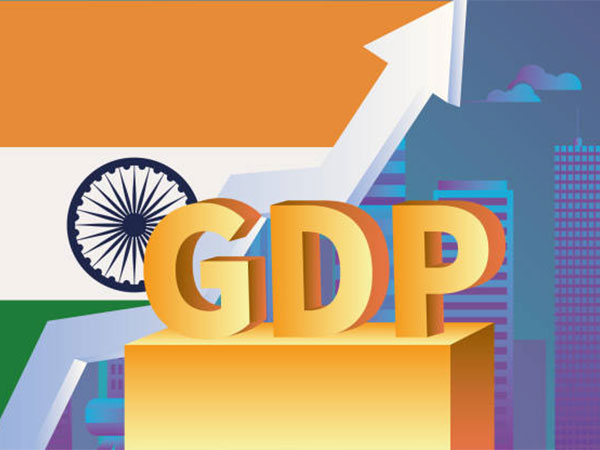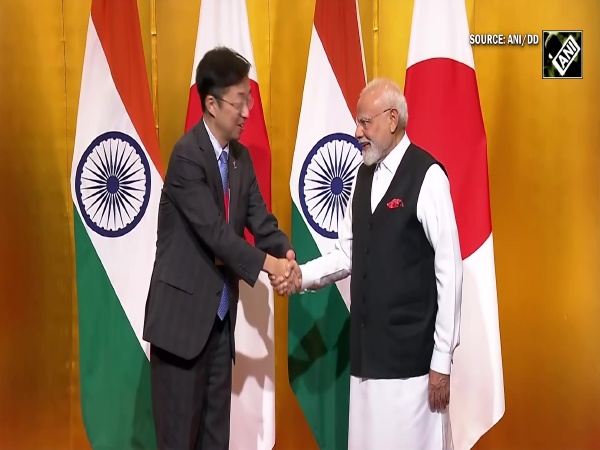Asia's energy revolution: Surging non-OPEC+ crudes to reshape oil dynamics amidst geopolitical turbulence
Feb 23, 2024

New Delhi [India], February 23 : in the midst of the ongoing Russia-Ukraine war and the continuous tug-of-war for middle eastern crudes, Asia is poised to deepen its reliance on non-OPEC+ producers, including the United States, Brazil, Canada, And Guyana.
Analysts predict that the increasing output from these countries in 2024 will offer Asia more diversified crude supply options.
According to S&P Global, while the geopolitical uncertainties and the red sea crisis persist, posing challenges to the region's oil inflows, many Asian buyers are exploring alternative supplies.
The international energy agency (IEA) forecasts that the combined output from the Us, Brazil, Guyana, and Canada will contribute 1.4 million barrels per day (b/d) to the global oil supply.
This surge in non-OPEC+ production aligns with the broader increase expected by the IEA, projecting a record 103.8 million b/d in global oil supplies for 2024.
"Asia stands to benefit from rising non-OPEC oil production as the increase will raise global oil supply, prompting more oil to flow to Asia.
Many Asian countries already import oil from non-OPEC+ countries directly--so more, the merrier," remarked kang wu, the global head of oil demand research at S&P global.
However, challenges loom on the horizon, particularly in terms of refinery economics. Higher shipping costs and geopolitical uncertainties at crucial chokepoints, such as the red sea, may result in increased costs for Asian buyers.
Additionally, Asia's existing refinery sophistication and preference for heavy and sour crudes may limit the suitability of all non-OPEC+ crudes, potentially impacting refining economics negatively.
Analysts anticipate that about 75 million barrels of oil will be rerouted around Africa and added to sea inventories due to turbulence in the red sea, resulting in an estimated uptick of USD 3-USD 4/b.
The diversification efforts of key Asian buyers, such as India and China, witnessed in 2023, are expected to persist in 2024.
China, for instance, reduced its reliance on middle eastern crude, importing 5.245 million b/d in 2023, down 2.4 per cent from 2022.
Meanwhile, India's crude imports from the middle east declined by 21 percent in 2023, with Russia becoming the top supplier.
Refiners in south Korea and japan highlight the importance of the us as a crucial supplier outside of the OPEC and middle east circle.
The US's ability to provide substantial quantities of light sweet and medium sour crude, coupled with its pricing mechanisms linked to the Brent complex, makes it a preferred supplier for Asian countries.
While south Korea increased its us crude purchases in 2023, japan remains conservative in feedstock selection and crude slate.
Japan imported 95.1 per cent of its total refinery feedstock purchases from Persian Gulf suppliers in 2023.
Despite this, the country increased its low sulfur crude imports from the us, a positive step in diversification efforts.
As Asia navigates the complexities of global oil markets, the delicate balance between middle eastern and non-middle eastern suppliers becomes crucial.
Maintaining a healthy ratio and not overly depending on middle eastern supplies is viewed as prudent in the face of geopolitical uncertainties and potential disruptions to oil supplies from the region.
While Asia's love for non-OPEC+ crudes is set to deepen, careful considerations must be made to mitigate challenges and ensure a resilient and diversified crude supply basket.




















